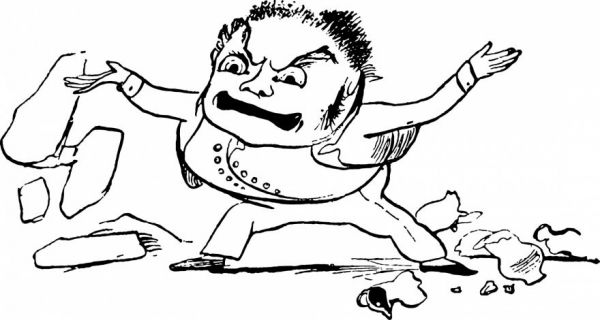
Historians will study how bad this book is. English teachers will hold this book aloft at their students to remind them that literally anyone can write a book: Look at this, it’s just not that hard to do.
That's how Scaachi Koul describes American Canto, a memoir by journalist and political operative Olivia Nuzzi. Koul reviewed the book for Slate. This review is one of several collected by Literary Hub for a roundup of the most cutting book reviews for the past year.
Other books considered and then eviscerated are the first novel by comedian Louis C.K., a memoir by former White House Press Secretary Karine Jean-Pierre, and a posthumously published collection of short stories by Harper Lee.
-via Nag on the Lake | Illustration: Dawn Hudson








